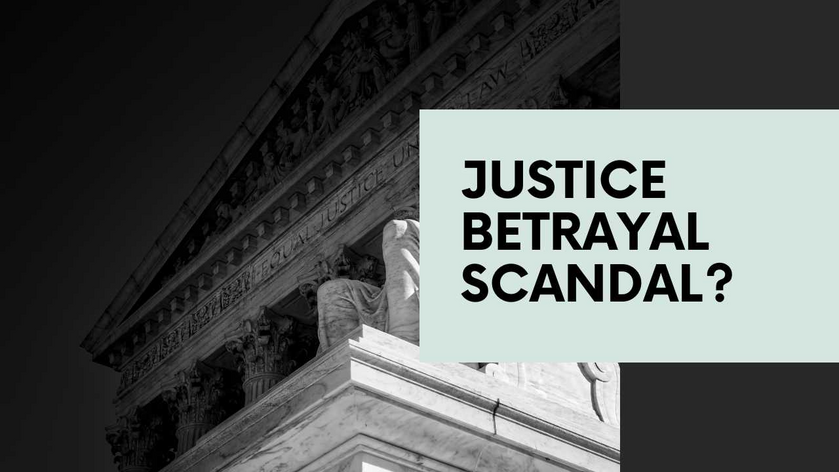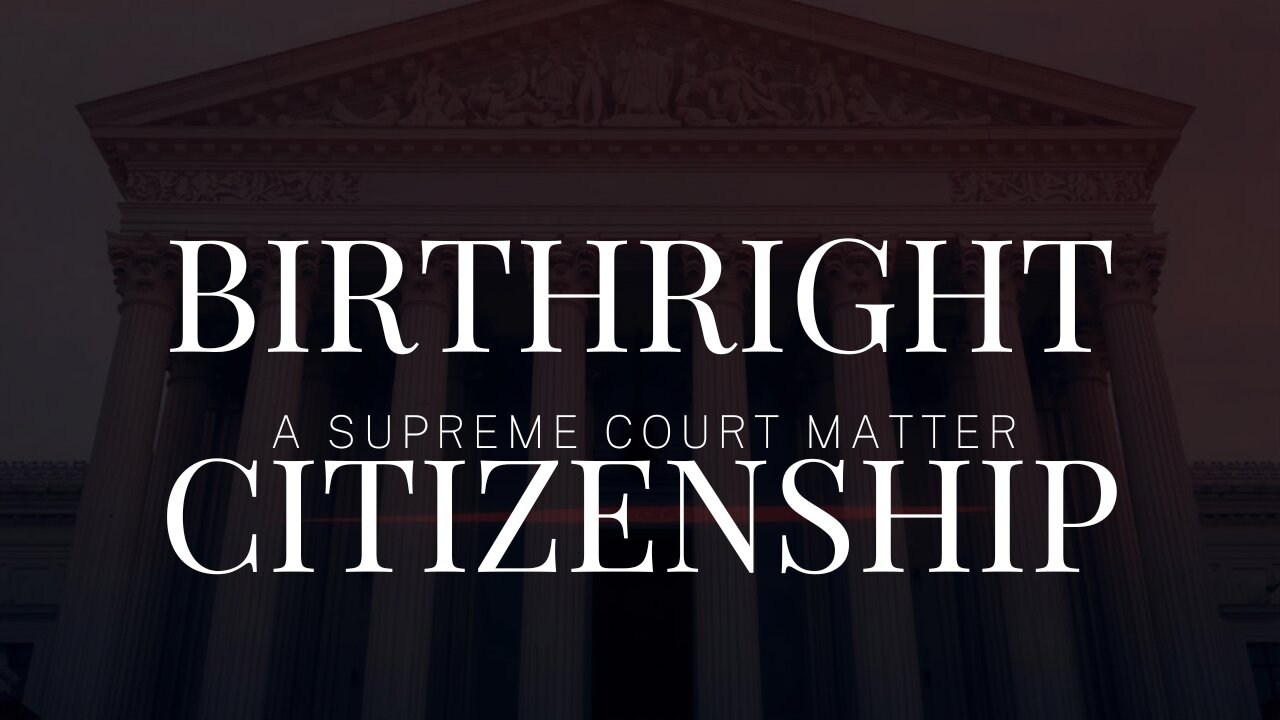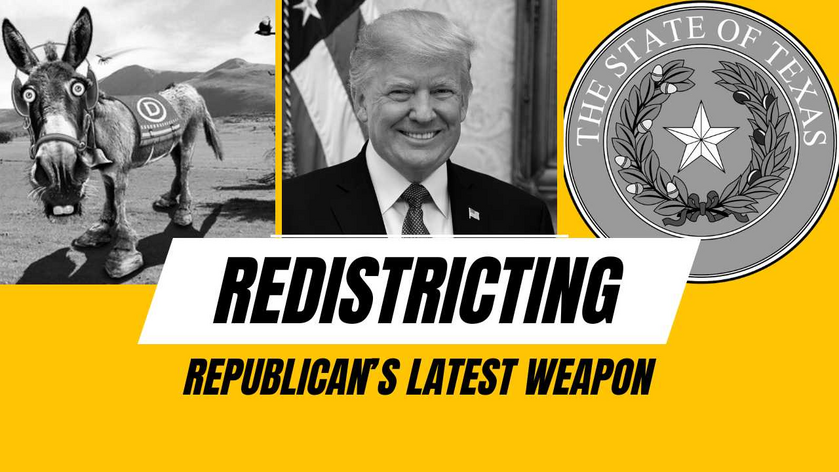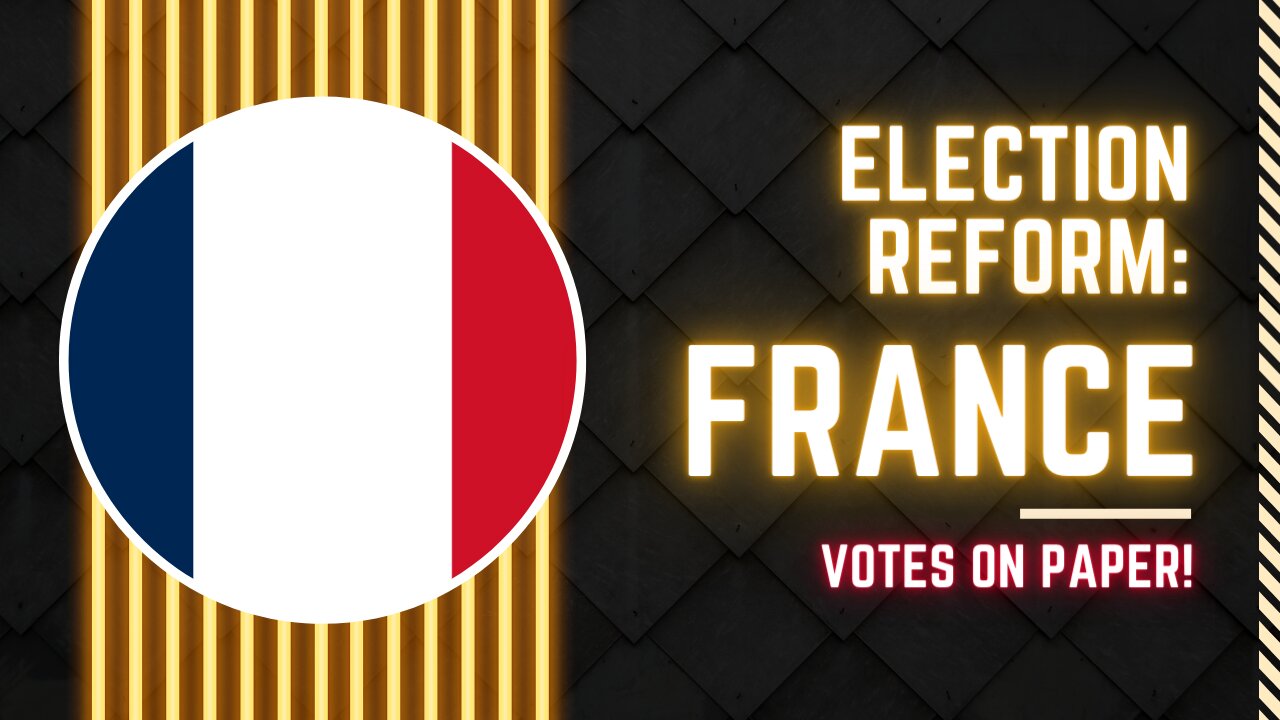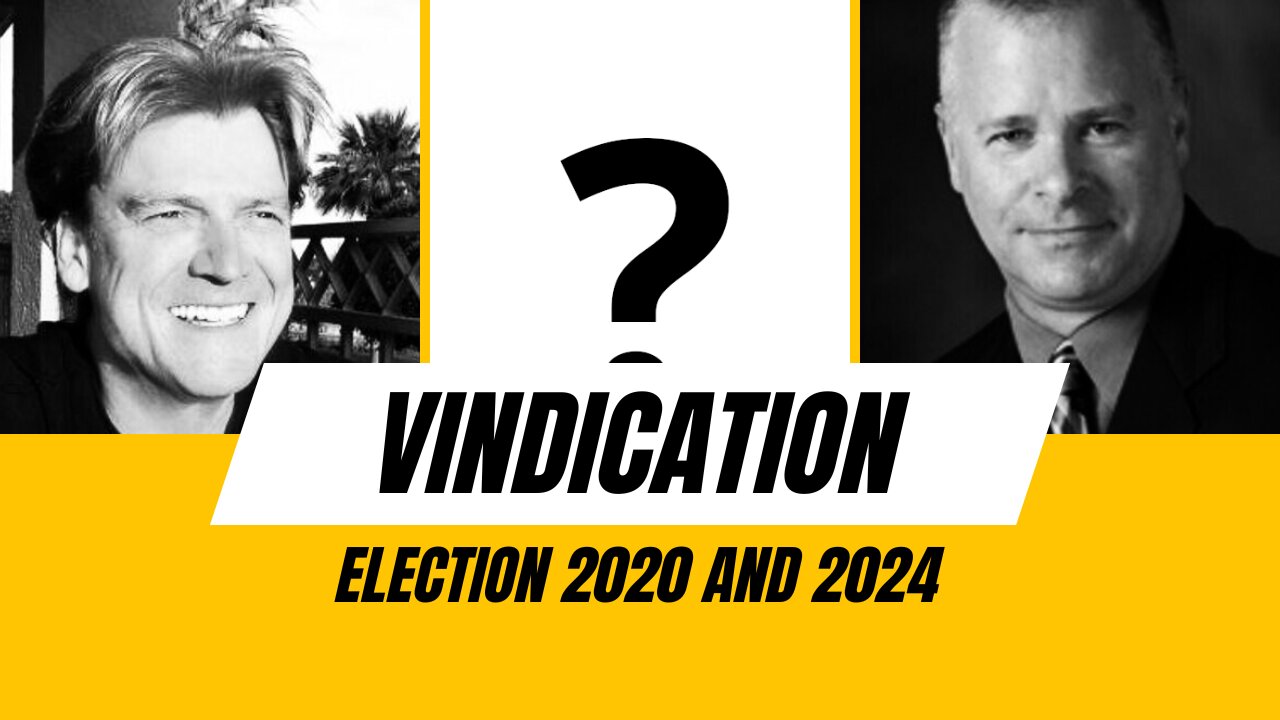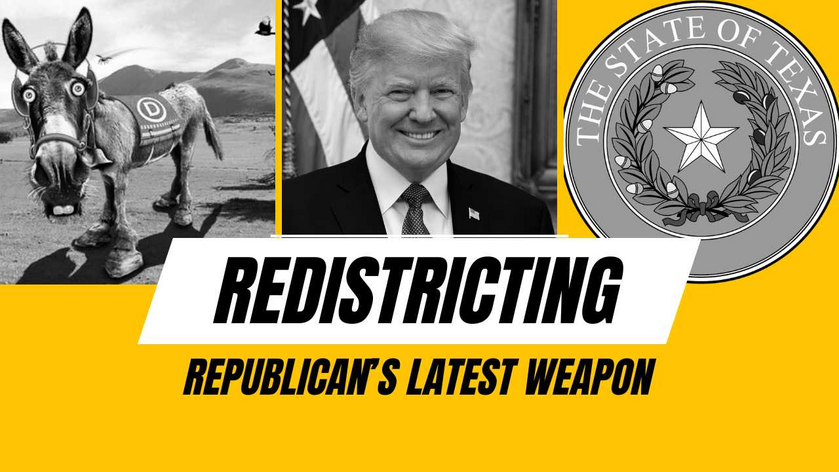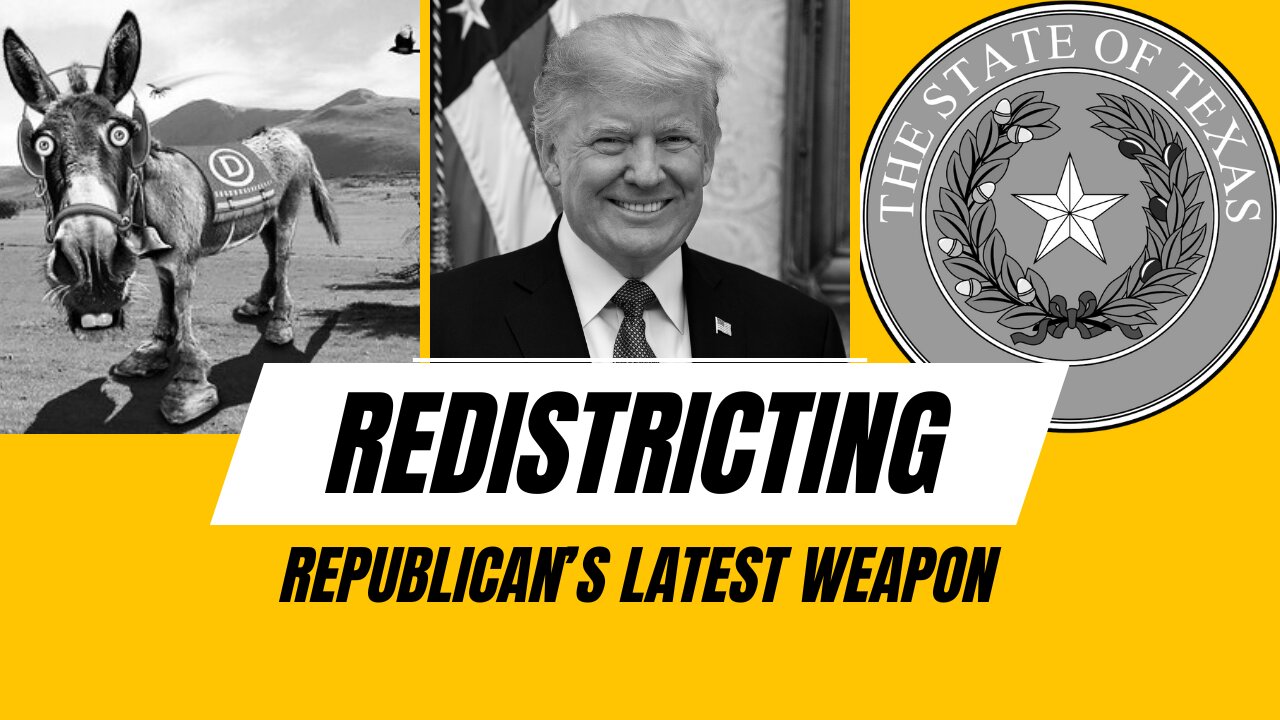The last nine days, beginning with a sensational story in The New York Times, reveal a crisis of confidence – and confidentiality – at the Supreme Court of the United States of America. Two and a half years ago, someone leaked a first-draft opinion on a case that corrected a forty-nine-year-old error. Earlier this month, someone leaked confidential memoranda of Court deliberations. This is an even more serious breach – because, as one Constitutional expert says, it must have come from a Justice. Some recent appointee to the Supreme Court is deliberately trying to manipulate the Court’s decision-making – with at least partial success. So not only the Supreme Court, but Constitutional government itself, is in crisis. And indeed the American people are on trial here, as much as are our Constitutional institutions.
Definitions and etymology
First, a point on definition – and etymology, the study of the atoms, or smallest particles, of words. Every English word beginning with the letter sequence cri- has something to do with judgment. All derive from Greek words for judges, the judgments they render, and judicial process:
Krima – a guilty verdict; whence crime. Today that word stands for the act provoking the guilty verdict, rather than the verdict itself.
Krino – I judge. (In Greek, the lexical form of a verb is the first-person singular present indicative, not the present infinitive.) From that verb we get words like endocrine or “internal regulation” of the body.
Krites – a judge; whence critic, critical, criticize, or criterion. (But don’t confuse that with hypokrites, which stands for an actor – a person “under the mask.” Thus a hypocrite is one putting on an act, usually false.)
Krisis – a trial. The English word crisis is a turning point, where people have a hard decision to make. Trials are like that.
So when an institution is in crisis, its leaders are on trial – and also have judgments and decisions to make. Those decisions are never easy. They might be easy enough to calculate but not to execute – especially when one must lay friendship aside. Which is what is happening to the Supreme Court of the United States today.
Evidence in the latest crisis, or “trial,” of the Supreme Court
On Sunday, September 15, The New York Times published “How Chief Justice Roberts Shaped Trump’s Supreme Court Winning Streak.” Authors Jodi Kantor and Adam Liptak covered the Court’s deliberations in three key cases:
Trump v. Anderson, saying Secretaries of State don’t get to “find” that a candidate “participated in insurrection or rebellion.” That was Donald Trump’s ballot-access case. It also said Congress must exercise its “power to enforce, through appropriate legislation,” Amendment XIV’s Insurrection Clause.
Fischer v. United States, saying a law meant to punish obstruction of justice in financial criminal cases, cannot apply to Congressional certification of Presidential elections.
Trump v. United States, offering a primer on Presidential immunity.
Kantor and Liptak breathlessly – and gnashing their teeth – quote “memos” from the Chief Justice concerning all three cases. But how did they get access to those memos? Technically their access was second-hand, from that time-honored staple of modern journalism: Mister SCTTC (Source Close To The Case) and Mister PFWTS (Person Familiar With The Situation). In this case they took an unusual step to hide their source, saying they had not one source, but several. They also referred to “a New York Times examination that uncovered extensive new information about the court’s decision making.”
They’re lying, of course. Kantor and Liptak can have had only one source: a Justice of the Supreme Court. That “examination” isn’t an illegal listening device planted in the Chief Justice’s chambers, or the Court conference room. It is a Justice’ chambers mailbox.
When confidential sourcing breaks the law
Of course no one expects a reporter to name his source. Confidential sources are often the only way to find out that a corporation, or three-letter agency, is breaking the law. But some things are better left unexposed, if Constitutional government is to function Constitutionally. These things include deliberations of Justices of the Supreme Court.
The disclosures of these Chief Justice memos violate the official Code of Conduct for federal judges:
A judge should not disclose or use nonpublic information acquired in a judicial capacity for any purpose unrelated to the judge’s official duties.
Canon 4(D)(5)
Josh Blackman, writing in Reason the day the Times piece came out, made one salient observation above all. Kantor and Liptak wrote at length about the thinking of the Justices, as these memos revealed – except one. The one Justice whose name they did not mention, is Justice Elena Kagan.
Blackman took another thing away from the Times piece: Roberts’ unhealthy obsession with consensus, at the expense of sound reasoning. For example, the only reason Roberts wrote in Anderson that Congress needed to act to enforce the Insurrection Clause, is that the Originalists (Justices Thomas, Alito, and Gorsuch), together with fellow Moderate Brett Kavanaugh, told him it was that, or else. The “else” would have been a fractured Court with no majority, an outcome Roberts dared not risk.
Roberts lets outside events decide for him
Blackman severely criticizes Roberts for letting an outside event affect his running of the Court in the next case. Apparently he assigned Justice Samuel A. Alito the majority opinion in Fischer. Then came the Appeal to Heaven Flag Controversy. After that, Roberts wrote that opinion himself. Are we to believe that Roberts did not know, when he originally assigned the opinion to Alito, that Alito liked to fly American War for Independence-era flags from his summer residence? CNAV doubts that.
The vote by Justice Ketanji Brown Jackson in favor of the majority in Fischer, puzzled CNAV at the time. We said she “put on her adult clothes for once.” Well, according to Kantor and Liptak, Justice Jackson voted with the majority because Roberts had taken over the opinion. But this was not mere spite against Alito. She drove the bargain that the Court must remand all January 6 cases to their respective trial courts. That’s why those cases will likely land back in the Court’s lap – unless Trump terminates all cases upon resuming office.
The Trump case was the biggest thunderclap. Roberts, in his most sensitive memo, said the Court of Appeals for the District of Columbia was totally wrong to assume, as it did, that Presidents enjoy no immunity. He also carried the day in having the case argued late – and decided last. Also – and most critically – Roberts froze out the Liberal Bloc completely. They must have ruined his appetite for consensus somewhere along the line.
Blackman returns to his subject of a Supreme Court in crisis
But Blackman wasn’t finished. Before the day was out he published a second article. He made six devastating points:
The leaks to The New York Times were worse than the Great Leak of the Dobbs decision. Any of several clerks could have leaked that opinion. But only a Justice, or a clerk in her very strict confidence, could have leaked the information the Times had. (CNAV says “her” because this leak must have come from the Liberal Bloc – all three members of which are female.)
Kantor and Liptak said nothing about the thinking of Justice Kagan – and this has happened before.
Justice Alito is on the outs with Roberts, who took at least one, maybe two, assignments away from him.
Kantor and Liptak carefully document work by all four of Chief Justice Roberts’ clerks. Blackman seems to think Kantor and Liptak are trying to frame one, some, or all the clerks for the leaks.
Justice Amy Coney Barrett seems to be a veritable ingenue on the Court.
Ketanji Brown Jackson is playing games of her own with the Court’s decision-making and other procedures.
Then Blackman made his own thunderclap call: Chief Justice Roberts should resign from the Court. In Blackman’s view, Roberts has failed his institution, by letting it degenerate into yet another media-friendly sieve. And also in preferring consensus to sound legal and Constitutional reasoning.
Another viewpoint
Jonathan Turley, Shapiro Professor of Public Interest Law at George Washington University, won’t go that far. But he did observe that these leaks – the Great Dobbs Leak and the latest leaks to the Times – redound to the discredit of the Supreme Court. This also happened on John Roberts’ watch. So, like Blackman, Turley wonders whether Roberts has the fortitude to make the hard calls.
Indeed Turley seems to trace the current crisis to Roberts’ failure to chasten Sam Alito back in 2010. The Court had just decided Citizens United v. Federal Election Commission, 558 U.S. 310 (2010). The Court held that a private company, other than a labor union, had as much right to make political statements as the unions had. President Barack Obama thundered, from his State of the Union podium, that the Court let foreign money influence American politics. Alito, thoroughly angry and stone-faced, mouthed “That’s not true.” The cameras picked that up. Turley, while agreeing with Alito’s sentiments just then, feels Alito broke Court decorum in even hinting at his feelings.
Without question, in retaliation for that moment, Barack Obama declared war. Though he had appointed Sonia Sotomayor already, his appointment of Elena Kagan in August 2010 was likely his retaliation. And Roberts? Roberts has always been a weak man. No doubt the decision to decline the case of Texas v. Pennsylvania (2020) was his. A stronger man would have taken the case, and said, “Devil take popular opinion!” John Roberts is not such a man.
Why Kagan?
CNAV agrees with Blackman that Justice Elena Kagan is the most likely leak of the New York Times materials. She is a member of the Liberal Bloc. To suppose that anyone not in the Liberal Bloc is the leak, strains credulity. Beyond that, Kantor and Liptak mentioned Kagan’s name only once, in connection with her joining Justice Barrett’s dissent in Fischer. Can we really believe Elena Kagan had nothing to say in those memos, or in conference, in the “Trump cases”? In contrast, in Loper Bright Enterprises v. Raimondo (the case that torpedoed Chevron Deference), she had plenty to say. She plumped explicitly for a technocracy – rule by experts. Trump is the quintessential Contra-expert. So Kagan would twist anything, if she had to, to keep that “bumptious blackguard” out of office. (To say nothing of Kagan being a member of the Alphabet Soup Cabal.)
Therefore it is almost elementary games theory to assume that Kagan is the leak. And if she leaked those memos, then she very likely leaked the Dobbs draft, too. Sonia Sotomayor is definitely uno cañón suelto en la cubierta de los cañones (loose cannon on the gun deck). Of course Kagan would hide behind such a person, and cultivate plausible deniability to avoid detection or even suspicion. Kantor and Liptak would protect her, too, even to framing John Roberts’ clerks, for the same reason.
Motive
And her motive? Ideological corruption, and willingness to sacrifice anything, even the Court’s reputation, for her vision of the law. Like her fellow Liberals, Elena Kagan has consistently treated the Supreme Court as a Court of equity, not of review. Her dissents make that abundantly clear, as do those of Sotomayor and Jackson. Constitutional principles mean nothing to her; only outcomes do. And those outcomes must be “equitable,” which generally means punishing those who earned a better outcome by their own efforts.
For decades, institutional faith and fealty have maintained confidentiality and civility. Once again, that tradition has been shattered by the reckless and self-serving conduct of those entrusted with the court’s business.
Jonathan Turley
Or by the conduct of one wanting to sacrifice life, liberty and property to “equity.”
Naturally, most people will find this difficult to accept. Until May of 2022, no one had ever disclosed any draft of an opinion except the final one. Now someone has disclosed the confidential deliberations of Supreme Court members. Extraordinary crimes permit – indeed require – their would-be investigators to imagine extraordinary suspects, and take extraordinary interest in extraordinary persons. If investigators do not do this, some extraordinary perpetrator will get away with it.
Just one more thing…
Actor Peter Falk, as Lieutenant Columbo
Can anyone save the Supreme Court?
Saving the Supreme Court will require, first and foremost, the votes of the American people. Election Season has now begun, and the integrity of the Supreme Court must be at issue. That’s because Presidents appoint Justices of the Supreme Court, and lower court judges. In addition, the Senate has the sole authority to try any and all impeachments.
And make no mistake: these leaks are an impeachable offense by the Justice or Justices who committed them. They are a direct attempt to influence decisions of the Court – in violation of actual statute, more than ethical canons.
Therefore, if the Chief Justice will not even seek to identify the leaker, someone else must. More to the point, the Constitution cannot afford any additions to the Liberal Bloc. Donald Trump might appoint one or two more Originalists. Kamala Harris will appoint another Liberal – perhaps even Barack Obama himself. If so, worse will happen than Donald Trump landing in prison with Ryan Wesley Routh waiting to “finish the job.” Again, the Great Sortation will lead to the National Divorce – and that might not stay friendly. To avoid this, the people must return Donald Trump to the White House, so he can save the Supreme Court.
Link to:
The article:
https://cnav.news/2024/09/24/foundation/constitution/supreme-court-justice-betraying/
Video:

The New York Times piece:
The federal judicial Code of Conduct:
https://www.uscourts.gov/judges-judgeships/code-conduct-united-states-judges
Josh Blackman’s pieces:
https://reason.com/volokh/2024/09/15/ny-times-big-reveals-on-deliberations-in-three-trump-cases/
https://reason.com/volokh/2024/09/15/the-trump-leaks-are-far-worse-than-the-dobbs-leak/
Jonathan Turley’s piece:
https://jonathanturley.org/2024/09/23/the-supreme-crisis-of-chief-justice-john-roberts/
Declarations of Truth X feed:
Declarations of Truth Locals Community:
https://declarationsoftruth.locals.com/
Conservative News and Views:
Clixnet Media
